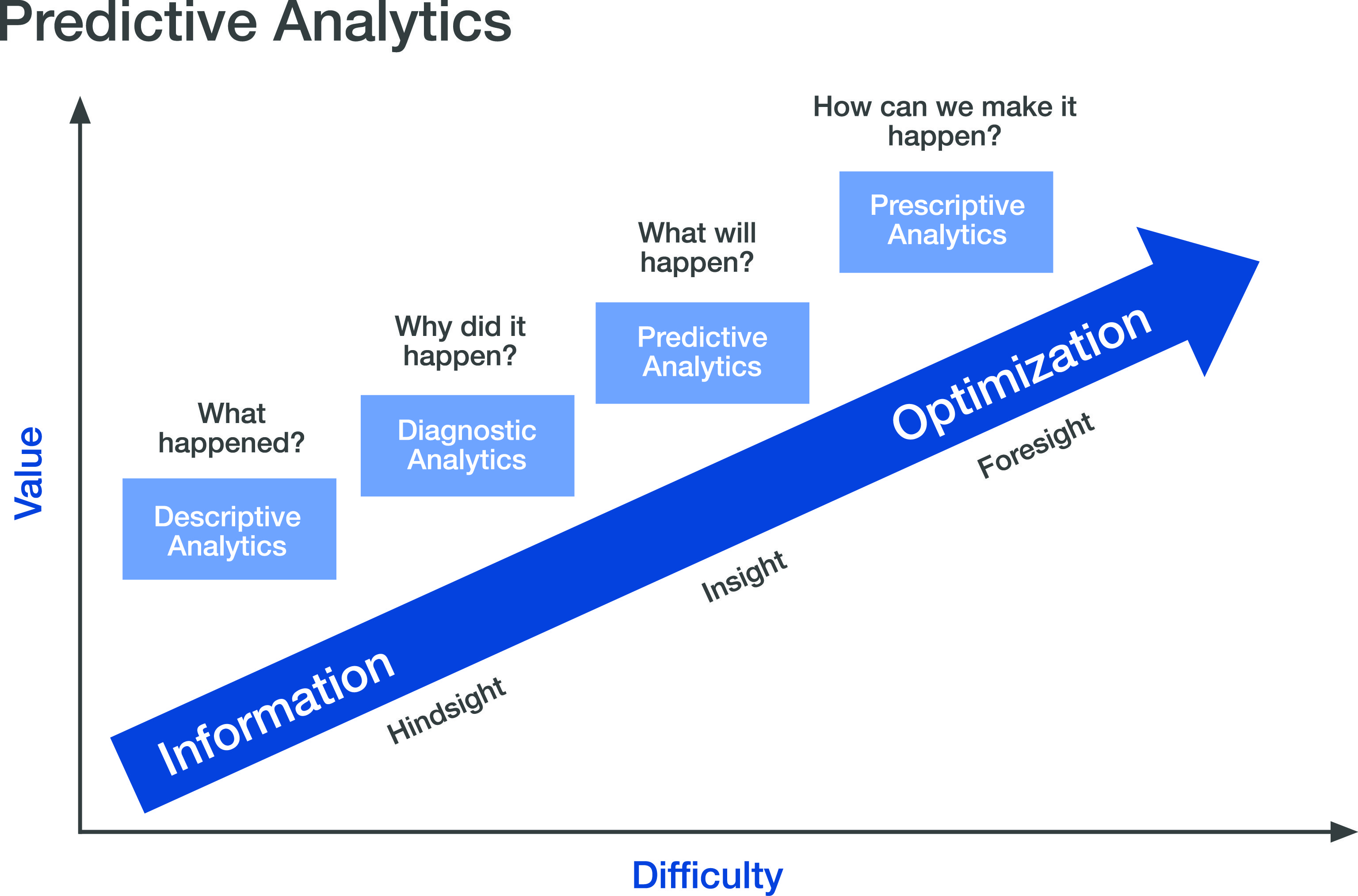
Operating in what is rated as the third-most competitive economy in the world, it’s no surprise that U.S. businesses focus heavily on measurement and return on investment in most aspects of their business. One significant line item that has enjoyed sanctuary is learning and development.
Now that it ranks as the third most important business priority around the world, those in charge of what is a $60 billion annual spend across U.S. businesses are feeling pressure to prove its value. According to the ROI Institute, 96 percent of CEOs want to see business impact from corporate learning, yet only 8 percent currently do.
Despite this, the debate continues on whether corporate learning program success should actually be measured. Yet, to compete in today’s economy, businesses absolutely need measurement tools to accurately assess the effectiveness of these programs.
So, how do businesses create training platforms that go beyond employee satisfaction surveys; that can be measured and adjusted in real-time; and have a direct impact on ROI and business outcomes? The answer is learning analytics.
Predictive analytics give organizations the ability to discover insights in real-time and generate predictive and prescriptive models to take full advantage of all the data available. For example, when Amazon recommends a product and Google predicts when someone should leave to get to a dinner reservation on time, these are examples of machine learning over a big data stream. With the big data market projected to top $84 billion by 2026, and 89 percent of business leaders under the impression that big data will revolutionize business operations in the same way the Internet did, its impact is clear. However, few learning organizations are currently using the power of predictive analytics.

Why aren’t more learning organizations employing these powerful tools? Some say that corporate learning leaders fear accurate measurement of corporate learning investments may reveal program weakness. Isn’t that the exact reason to find a better way to measure effectiveness? If not, then learning interventions are lost opportunities to strengthen the organization.
Other barriers include not knowing where to begin or fear of a lengthy and costly implementation and ramp-up period. But the data already exists. It’s just a matter of tapping into it, such as knowing exactly what learners are doing at any given moment during a course; how long they hesitate before answering a question; or how many times they fast forward a video are at our fingertips, just waiting to be captured and analyzed.
Learning leaders need access to analytical data to better predict their employees’ comprehension, retention and application of the material. If they can improve performance in these areas, it will not only help employees learn more effectively but also increase overall ROI for the organization.
Implementing advanced analytics practices for learning organizations can be a daunting task, but it’s simply about identifying a platform that integrates easily and seamlessly and displays insights in an easy to understand format. After that, content adjustments are easy to make and the insights gained will help guide future decision-making.
The technology behind e-learning platforms, like Zoomi, for instance has the ability to capture detailed measurements of learner behavior — every video pause, every note taken, every scroll (Editor’s note: The author works for Zoomi). The granular data is harvested and used to build a learning organization’s big data stream. Then, based on that data, analysis can be performed using proprietary machine-learning algorithms. Supported by a combination of predictive analytics and machine learning, organizations can then automatically tailor learning content to the individual learner.
While many organizations report on learning results such as employee satisfaction, hours of training completed, etc., these measures do not accurately illustrate the success of a training course. Using predictive analytics along with learning data, on the other hand, enables the learning function to predict key future events for learners, including whether they will pass a course, and whether their engagement is about to drop. Further, the function can identify key behavioral traits and patterns that correlate to program success. Armed with these insights, learning leaders can develop new strategies to improve future performance and better align with business objectives.
Building a culture and capability for analytics into the learning function changes the way it’s viewed and operated entirely. Comprehension increases dramatically, producing more successful business outcomes. Content becomes more effective. Trainers understand their audience better. Learning and development can embark on a path of continuous improvement.
Jim Walker is executive chairman of Zoomi Inc. Comment below, or email editor@CLOmedia.com.



